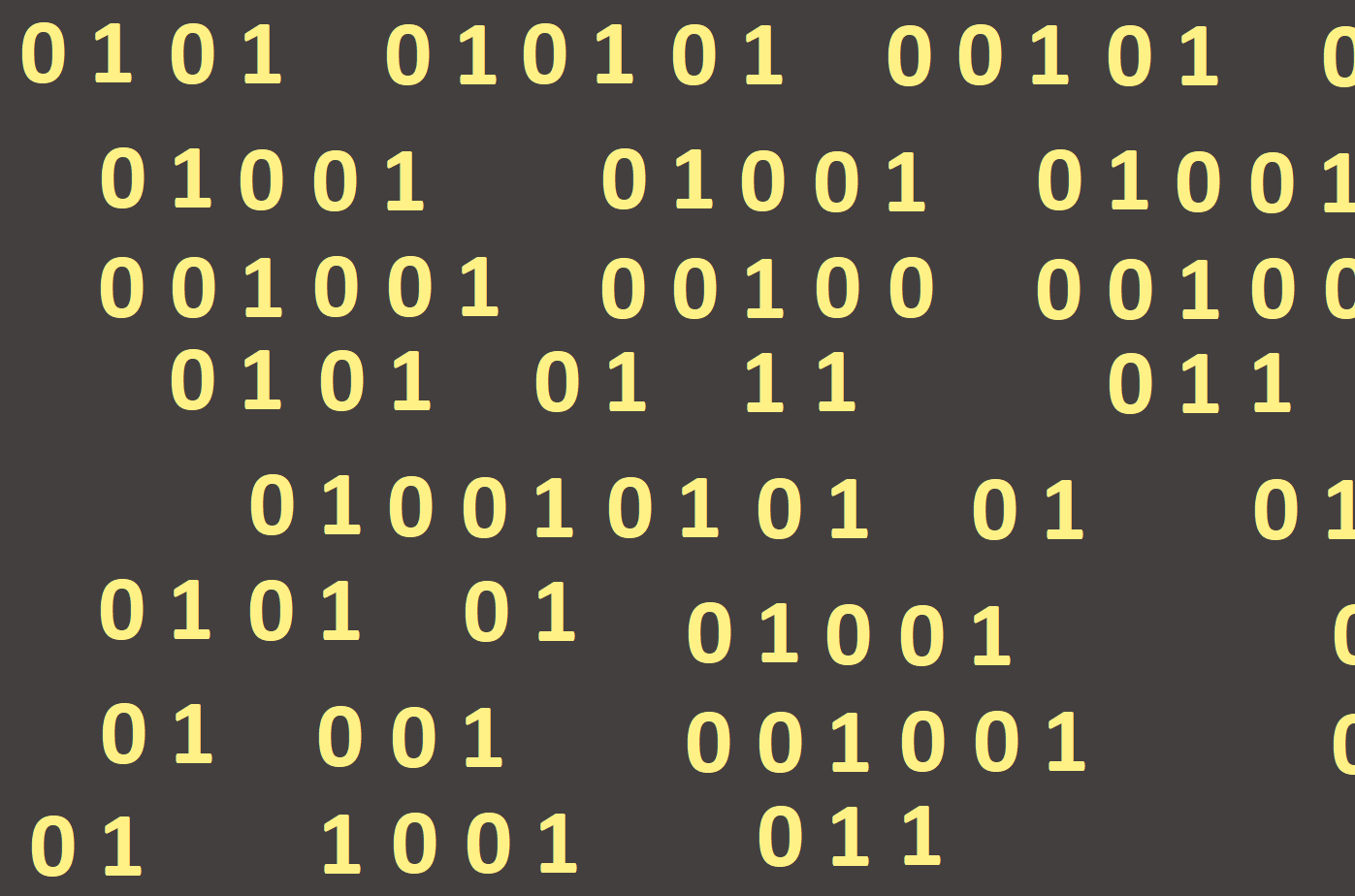
Quick-sort
Quicksort is a simple sorting algorithm that compares array elements. Its creator is Sir Charles Antony Richard Hoare. The basic idea of this sorting algorithm is to divide the sorted array into two approximately equal parts (approximately the same number of items). The algorithm chooses a value that is called a pivot to compare values and creates two parts from the total array of values. In one part, the values are smaller than the pivot, the greater in the second one. Gradually, it will sort the values according to their size in each section. It always divides the part into two smaller parts by pivot and sort them. It's a recursive sorting. If both parts of the array are sorted, the whole array will be sorted.
The problem may occur when choosing a pivot. There may be a situation where the selected value will approximate the median. At that time, the algorithm is the fastest, because it easily determines which values are higher or lower and it is easier to sort. If the opposite situation occurs, the algorithm becomes slower and requires more memory.
Again, we program the use of this sorting. First, we declare an array of ten elements from 1 to 10. Next, we have to determine the pivot. Subsequently, the elements through which the cycle passes are divided into higher and lower, creating two approximately equal arrays. The sorting itself begins in the individual arrays. Sorting is performed while the index of the element is no higher than the pivot (element index from the second array). Then we proceed until we reach the element smaller than the pivot. This is followed by recursion, calling the procedure by itself until all the elements are sorted by their size (Figures 131 and 132).

